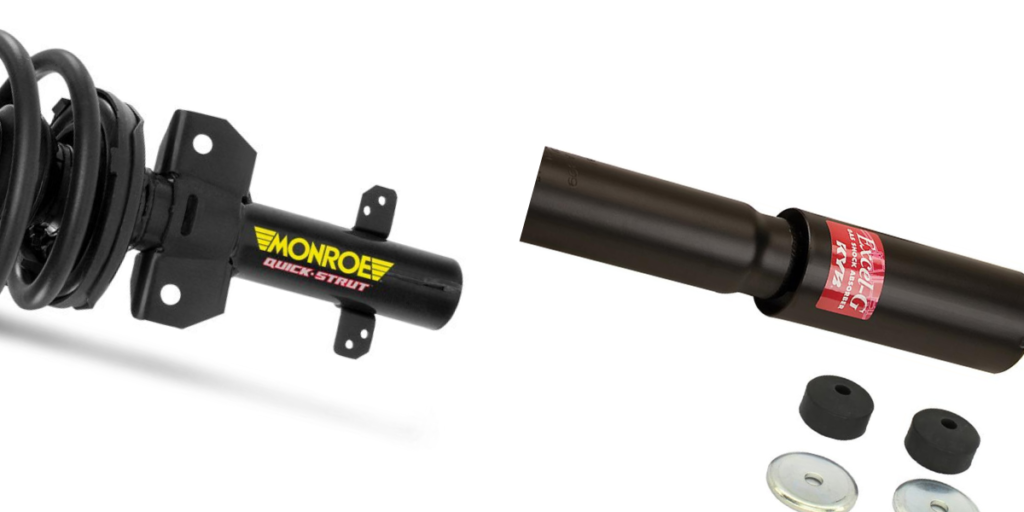The lifespan of a typical car battery is around three years. After this time, its performance will decrease significantly, and it will not power your vehicle. You will have electrical error messages on your dashboard indicating this until you make a replacement. Understanding checking battery leads and connections will help you identify problems early on and fix them.
The problems with your battery could result from damaged leads or broken cable connections. The latter is important since it will not work well even with a good battery. It is thus important to frequently check your battery leads and connections to identify potential problems as early as possible.
How To Tell Your Battery Leads and Cables Are Damaged
Look out for signs that will help you determine when your battery leads and cables are damaged. It is efficient and makes the diagnosis of potential causes much easier. Here are some of the signs to look out for that indicate you might have a problem. After identifying the signs, you will know when checking battery leads and connections is overdue.
#1. The Lights Are Dim
The light circuit on the vehicle draws its power primarily from the battery. It is thus a reliable indicator when there is an error with the battery leads or connections. The lights will become dim as the battery cannot power them fully for a long time.
#2. Your Vehicle Loses Power
If your vehicle often loses power, you might have a problem with the battery leads and connections. This shows that the cable connections cannot transmit enough power to the various components, including the vehicle’s computer, and thus this problem.
#3. The Vehicle Requires Regular Jump-Starting
Your battery should be strong enough to power your vehicle. When you turn on the ignition, it should start without any problems. If your vehicle requires regular jump-starting, its battery leads might have a problem. It is clear that the cable connection to the battery is damaged when jump-starting doesn’t work.
Checking Battery Connections
#1. Cables From The Battery
The battery has two cables – the positive indicated by a red cable bearing the (+) sign and a negative indicated by a black cable bearing the (-) sign. They are each connected to different terminals in the setup. You thus have to first check they are connected properly before proceeding to other connections to your battery.
The positive cable should be connected to the control box while the negative cable is connected to the vehicle’s chassis to ground charges. If the connections to the battery are not in this manner, you can correct the connection before testing other connections. The control box will become powered, and you can continue with the test.
#2. Cleaning and Replacing Connections
Dirty cables can cause electrical interruptions and thus make power transmission a challenge. You can thus rid them of dirt and corrosion to ensure they can work well. You will need a methylated spirit for this process. Unlike water, methylated has a high evaporation rate and will thus not accumulate in the cables causing further corrosion or sparking.
Carefully wipe down the connection ends of the cables. You can also examine them for any wear and tear that could cause battery problems. It is an important step in checking battery leads and connections as you will know whether to repair or replace them completely.
Checking The Battery Leads
The battery leads are the point of contact between the battery terminals and the cables. When damaged, it will cause poor electrical transmission, and thus power problems will develop.
#1. Checking for Proper Installation
Clamps connect the cables to the battery terminal. They are fastened in place to ensure that they don’t come into contact with other components and that the power transmission is good. When the clamps are loose, it could cause electrical problems in your vehicle. For proper power transmission, ensure they are fastened tightly.
#2. Checking for Corrrossion and Dirt
The battery terminals will accumulate dirt after some time. You will thus need to clean them regularly. They could also contain corrosion from spilled alkaline contents in the battery. You can use domestic soda or hot water to clean these terminals. It is important to ensure the cleaning water doesn’t come into contact with the alkaline contents in the battery.
Rub off the corrosion with a wire brush and rinse it off with hot water. It will reveal a shiny appearance indicating that the terminals are well exposed and transmit power well. Let the battery terminals dry off completely before reconnecting them to the vehicle.
#3. Replacing the Battery Connectors
Cleaning the battery terminals will not correct the problems if they are too damaged. You will need to replace them completely. It is an important part of checking battery leads and connections. First, unscrew the bolts securing the cables to the battery, and remove the cables. Secondly, you can disconnect them with a screwdriver once the connectors are exposed. Unscrew and remove them from the leads. Once these have been removed, you can now install new connectors.
Firstly, apply petroleum jelly onto the battery contact and the connectors. Screw it into place as you had previously done while removing it and ensure it is firmly secured in place. You can also use a solder wire to hold it in place.
Conclusion
Checking battery leads and connections are an important part of vehicle maintenance. Conducting these tests often ensures you identify potential problems early on and thus fix them before they escalate. It will also save you from huge repair expenditures from damaged electrical components. If you don’t know the right components for your specific vehicle model, you can contact your dealer or mechanic for assistance. Check and replace the battery leads and connections to ensure they work perfectly. You can now perform these checks yourself with this guide.
Sources:





